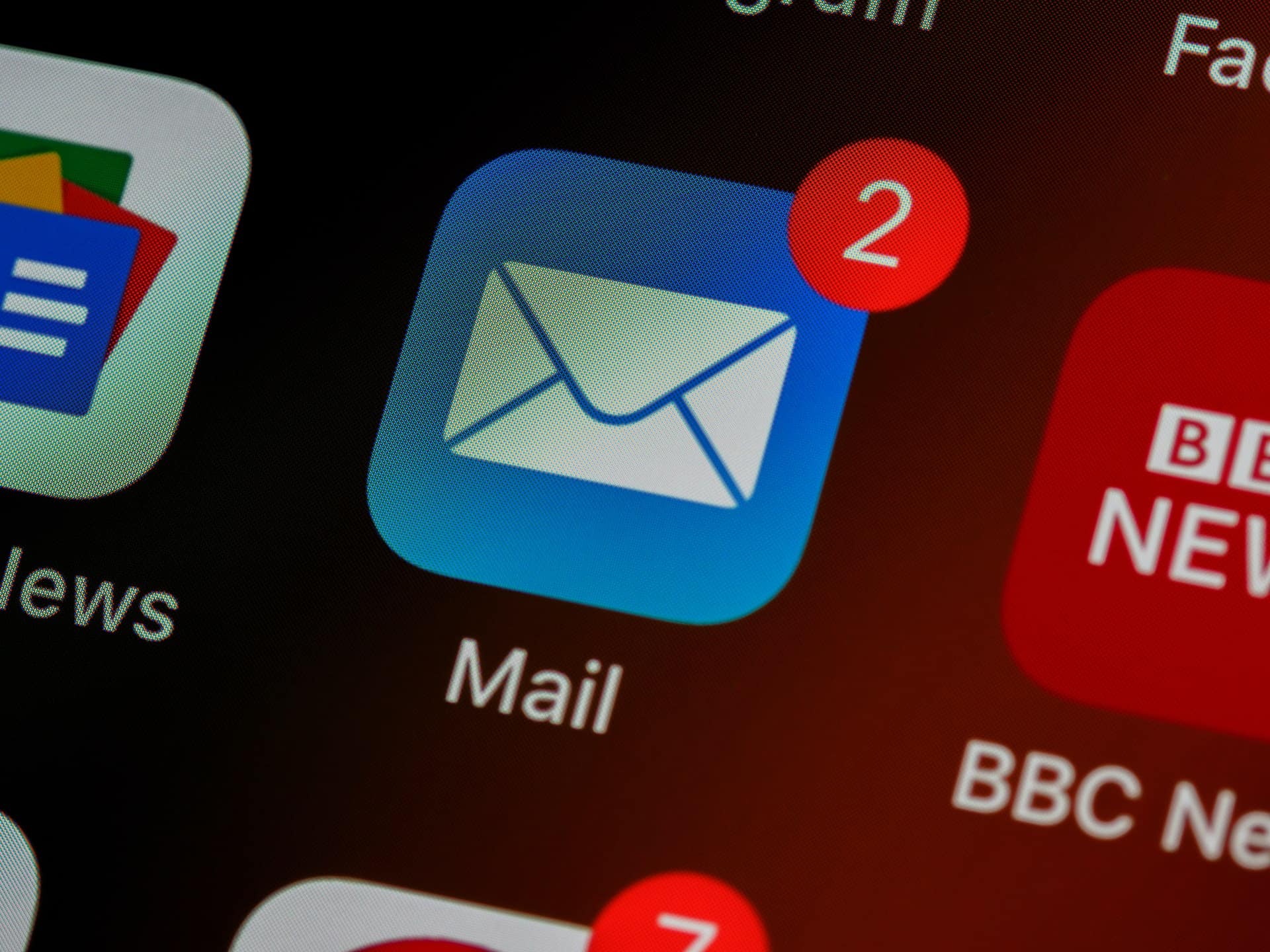The Dark Side of Lead Generation That Kills Your Email Sender Reputation
Regarding digital marketing, lead generation is your bread and butter.
Before releasing a new product, a recent service update, or any other sales campaign, you need people to send it to. Lead generation gathers potential customers, piquing their interest and taking them through a sales funnel that hopefully leads them to become paying customers.
One way to ensure your marketing efforts pay off is by maintaining a positive email sender reputation. Having a good email sender reputation, or sender score, means there’s a better chance your marketing emails will successfully reach your target audience. A negative sender score lowers your ability to connect with potential customers and decreases the likelihood of converting them to paid customers.
What is Email Sender Reputation?
Email sender reputation measures how reliable and trustworthy you are regarding the ‘hygiene’ of your email marketing program and any other emails you send from your business domains.
An Internet Service Provider (ISP) will examine your IP and domain reputation to determine your company’s email score. In short, a good IP reputation means the label connecting your computer to a network is authentic. A good domain reputation typically comes from using a credible domain name – with a professional email address – rather than email services like Gmail or Outlook.
The higher your score, the more likely the ISP will deliver your emails to your recipients.
However, if your score falls below a specific threshold, your emails could be flagged as spam or remain unsent.
Effective Lead Generation Strategies
Developing effective lead-generation strategies is a crucial piece of the marketing puzzle.
In general, lead generation follows a 3-step process:
- Attract Leads: You first need to grab the customer’s attention. You should provide helpful information on your website or social media to develop and cultivate this awareness.
- Lead Capture: Once you’ve gained their attention, you want to collect their information for the sales pipeline. Many companies offer a free incentive (such as a digital guide or webinar class) to entice potential customers to continue through the lead capture process.
- Lead Qualification: Depending on a lead’s demographic information, some may be more qualified than others to move forward within the sales funnel.
Let’s look at a few lead generation and content marketing methods that can help usher in target customers.
Customer Referrals
Word-of-mouth marketing is a tried and true method of acquiring new leads.
Why? Most people want to know that a product or service works and is worth their time and money before committing. Hearing from a friend or family member who is satisfied with your product reassures them your company is worth investing in. Offering a referral program leverages your current customers and their network.
Outbound Prospecting
The most direct lead generation method is outbound prospecting, usually cold calling, cold emailing, or social selling. It involves contacting prospective customers within your target market to share your company or product. You’ll first need to identify those target customers and find the appropriate representative to reach out to before reaching out.
The method you choose to leverage for the different types of outbound prospecting depends on your company goals and a typical purchase cycle for your potential customers.
Inbound Marketing
While outbound prospecting is a straightforward approach, inbound marketing relies heavily on the prospective customers themselves. Your company can position itself to provide relevant content (through your website, blog, or social media) that the customer can engage with.
Increasing their interest and sharing valuable content creates a relationship between you and the customer. Although this method may take longer, the customer is more likely to proceed through the sales funnel once you’ve established your authority in your field and gained their trust.
Trust is easier, by comparison, to develop through inbound means than outbound as it’s a slower ‘burn’ and doesn’t necessarily depend on playing the numbers game to move people through your marketing funnel.
Marketing Campaigns
Marketing campaigns typically focus on a specific goal, such as promoting a new product or establishing brand awareness. Your goal will influence what channels you use to reach your target audience. These channels include trade shows, display campaigns, search engine marketing, and content syndication.
Email Marketing
Building an email list of qualified prospects is another way to reach potential customers. Usually, people on your email list are already interested in your company, service, or product. If someone shares their email address with you willingly, they’re further along in your funnel. They know who you are and want deeper details about how you can help.
Sharing relevant information fosters a trusting and authoritative relationship between you and your prospects. The more engagement there is, the more likely potential leads will convert into qualified leads.
Company Website and Blog
Your company’s blog is great for sharing valuable content that helps solve your customer’s problems. Consistently sharing blog posts and articles that simultaneously are search engine optimized means there’s a better chance of those articles ranking in search engines.
The more eyes on your content, the more likely you’ll continue to attract new leads.
Social Media
Sharing the latest news and content through social media allows followers and leads to interact with your company and is the best way to build the ‘top’ of your marketing funnel.
Aside from promotional material, companies should see this as an opportunity to explore their branding and culture. These days, a recognizable brand is more likely to stand out among its competitors as a leader in its industry.
If you don’t actively share on social media – consistently – you’re effectively leaving opportunities to succeed and build new customer relationships on the table.
Pitfalls of Lead Generation Strategies
Developing a successful lead generation strategy is hard enough as it is. Part of the challenge comes with pitfalls during each developmental stage, which can slow your progress.
Addressing these will help you maintain momentum and ensure the leads are flowing consistently.
Inaccurate and Outdated Data
Collecting accurate information is key, especially when it comes to lead generation.
Inaccurate customer information, such as names and emails, can result in delayed or undelivered messages that slow your progress. At least once a month – or once a quarter – clean your email lists and CRM to ensure the information is as up-to-date as possible.
Determining Quality Leads
If a lead has no intention of buying or converting, then that may not be a good lead after all. The quantity of potential leads in your funnel doesn’t necessarily equate to quality leads. Having a system to weed out bad leads will benefit your team so they can focus on converting actual leads.
Analyzing Lead Generation Success
It’s important to create a system to analyze how successful your lead generation strategies are.
Knowing if one method works better than another within a demographic can help inform future strategies and marketing campaigns. It’s much easier to allocate your resources with confidence when you have a clear picture of what’s working and what isn’t.
A few ways to measure a successful strategy include conversion rates, how quickly a lead converts, or the number of leads converted from a specific channel.
Tips For Effective Lead Generation
- Focus on the Buyer’s Journey: Everything comes down to understanding your ideal target customer, their needs, and how they become customers.
- Include Offers at Each Stage of the Journey: Providing incentives to potential customers can help ease them through the process. It’s typical for companies to share one or two free offers in exchange for their details or to sign up for an email list. From there, you can present your sales offer.
- Collect Lead Information: Providing valuable information and enticing the customer is part of collecting lead information. Once you’ve collected their information, you have to consider how to leverage it throughout the remainder of the sales pipeline. Without the right lead information – or enough of it – you may lose out on future paying customers.
Supporting Your Software Engineers
It might seem obvious, but you should prioritize your software engineering team. Your engineers, after all, play a critical role in developing tools, programs, and systems for your business – and for all your marketing and sales mechanisms. When it comes to building a good email sender reputation, their expertise in coding and problem-solving can be a great asset to utilize.
It’s no secret that software engineers who feel supported and valued will perform better.
A few ways to foster a positive working environment for your engineering team include:
- Provide a fair salary so compensation no longer affects their motivation.
- Avoid micromanaging and trust in their process to complete tasks.
- Include engineers in the developing stages and emphasize their role in the bigger picture.
- Remove unnecessary metrics that distract and discourage the team.
- Allow for growth, continuous improvement, and exploration.
- Listen to feedback and insight from your team and implement improvements where needed.
Creating a positive and healthy community sets your software engineers up for a much better work experience. So many areas of lead generation rely on automation systems and organizing digital data.
You can build a robust email sender reputation with a strong engineering team.
Prevent a Negative Email Sender Reputation
Several factors can impact your email sender reputation and lead to a low reputation score. That low reputation score can wreck your ability to land in the inboxes of your potential customers consistently and harm your marketing efforts.
Factors leading to a negative email sender reputation include, but are not limited to:
- Falling into a high bounce rate
- Recipients reporting your messages as spam
- Continuously low open rates
You can help prevent email sender reputation damage and ensure a consistently good score in a few ways:
1. Routinely Audit for Inaccurate Data
One reason behind high bounce rates is that the email address your message is sent to is no longer valid. Frequently performing accurate data audits can help minimize the chances of a high bounce rate.
2. Encourage Engagement
The more recipients who reply and engage with your messages, the better. This consistency of engagement shows the ISP that the recipient recognizes your email well enough – or appreciates the content in your email enough – to warrant a response. It boosts your domain reputation, which is one of the factors in your email sender reputation score.
3. Segment Your Email List
Not all emails are meant for every person on your email list. By segmenting your recipients into smaller lists, you can curate the information and content to that specific target audience. It can increase the likelihood that the recipient will open the email and engage with you, which results in a boosted score.
4. Balance Valuable Content With Promotions
Many people ultimately unsubscribe from an email list due to too many emails cluttering their inbox. Spamming and phishing are concerns of recipients, especially if they feel companies are using unethical tactics to promote their products and make a sale. It’s important to balance promotional material with value-based information to avoid injuring the relationship with your audience.
5. Work Closely With Your Software Engineers
Again, maintaining a healthy work environment for your engineering team can vastly improve the development of your company. By incorporating your software engineers into the process and valuing their work, your team remains motivated and encouraged to meet their goals.
6. Ask For Feedback
Knowing what your audience is interested in can shape the content and promotions you provide them with. If your audience continues to receive relevant content, there’s a greater chance they’ll remain on your list instead of unsubscribing.
7. Perform Email Reputation Checks
Return Path, an email data solutions provider, conducted a study that found senders with a Sender Score of 91-100 have deliverability rates close to 92%.
Knowledge is power, and the only way to know the state of your email reputation is by frequently performing reputation checks. Once you know where you stand, you can adjust to boost your score and reputation.
Final Thoughts
Maintaining a good email reputation score is critical to improving lead generation and digital marketing strategies. It comes down to conducting best practices in developing your strategy.
Remember, you risk losing out on potential customers and revenue, remaining competitive in the market, and company growth without a solid lead generation strategy!




